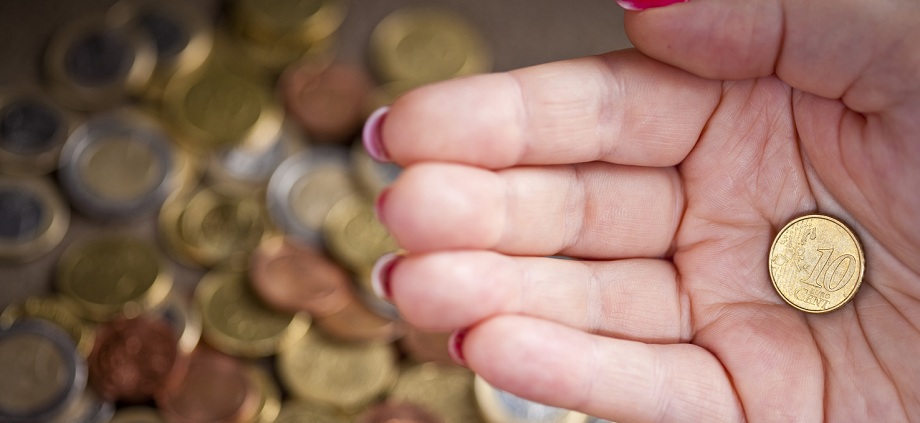Gambling
Finland has some of the highest figures for gambling in Europe. Gambling can be seen in everyday environments in many different ways. For the majority of gamblers, their gambling is under control, but for some excessive gambling needs to different degrees of financial, social and health problems. Gambling problems affect hundreds of thousands of Finnish people either directly or indirectly. It is possible to tackle these problems through responsible gambling policy, other preventative methods, and provision of sufficient support and treatment services.

The Finnish Institute for Health and Welfare (THL) researches and actively monitors gambling problems. It’s tasks also include prevention of gambling problems and development of treatments. These tasks are assigned in section 52 of the Lotteries Act to the Ministry of Social Affairs and Health, which has allocated them to THL.
According to the Lotteries Act, the national gambling company Veikkaus Oy is to compensate the state for the costs incurred by monitoring, research and development. The Ministry of Social Affairs and Health charges the company an amount equivalent to the total cost incurred to the ministry for these activities.
Gambling in Finland
According to the 2023 population survey on gambling, around 70 per cent of the population aged between 15 and 74 in mainland Finland had gambled during the past year.
The proportion of those who had gambled decreased in all adult age groups between 2019 and 2023. Gambling has become more occasional. In 2023, respondents typically gambled less often than once a month. Online gambling was most prevalent among those aged 45 to 59.
A total of 4% of the respondents played at a moderate-risk or problem gambling level. The year 2023 differs from previous survey round, for which the corresponding share was approximately 3%. The prevalence of gambling problems of different levels of severity was clearly higher among men than women. The proportion of men gambling at least at the moderate-risk level was higher in 2023 than in previous survey round.
Attitudes towards gambling became more positive among people aged from 45 to 59 and from 60 to 74, but more negative in other age groups. In 2023, most of the re-spondents felt that gambling should not be encouraged, and the majority felt that there were too many opportunities for gambling.
Finnish Gambling 2023 report
The Finnish Gambling population study examines gambling, problem gambling, and attitudes and opinions related to gambling among Finns aged 15 to 74. The study was planned and carried out by the Finnish Institute for Health and Welfare and commissioned by the Ministry of Social Affairs and Health.




